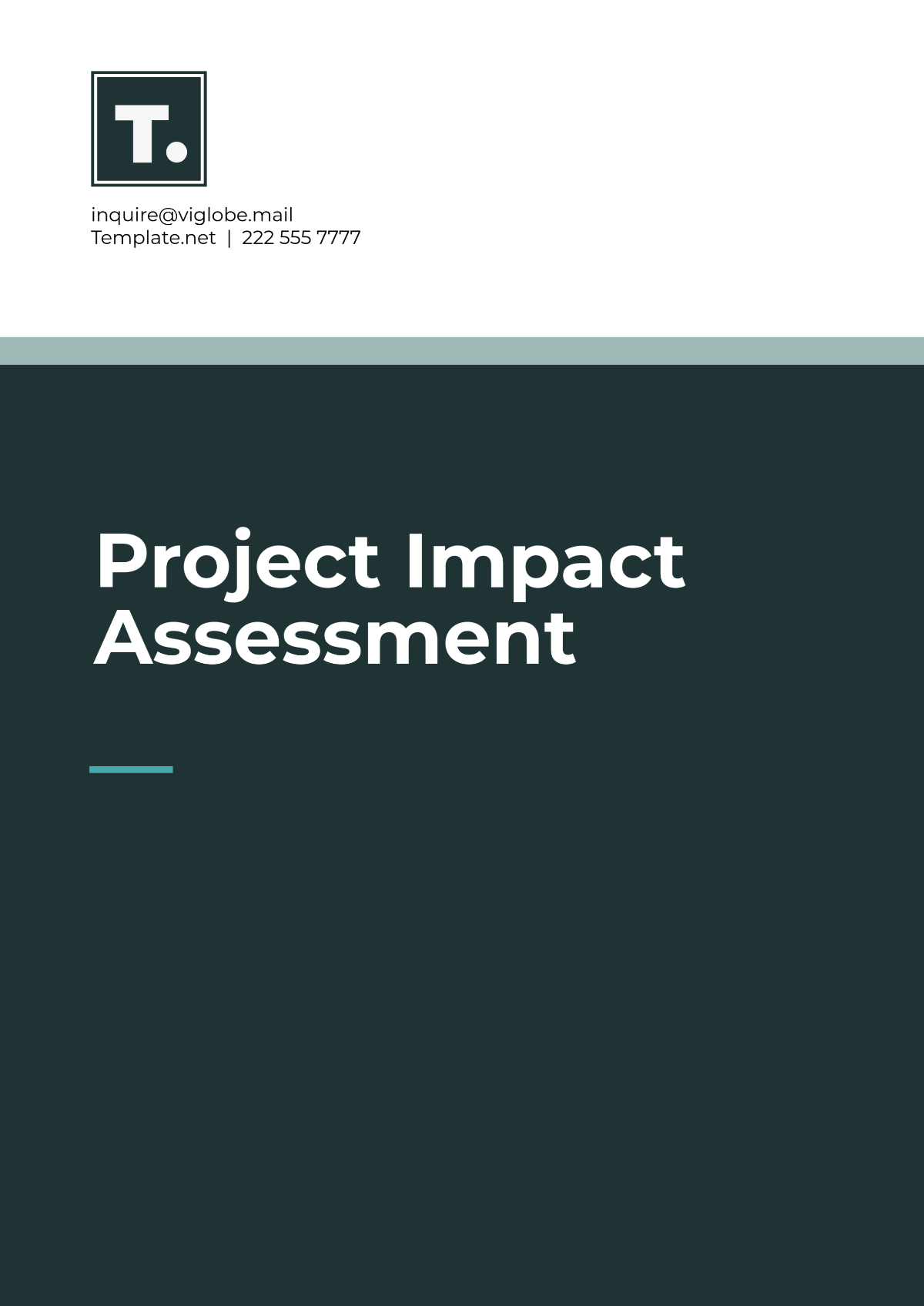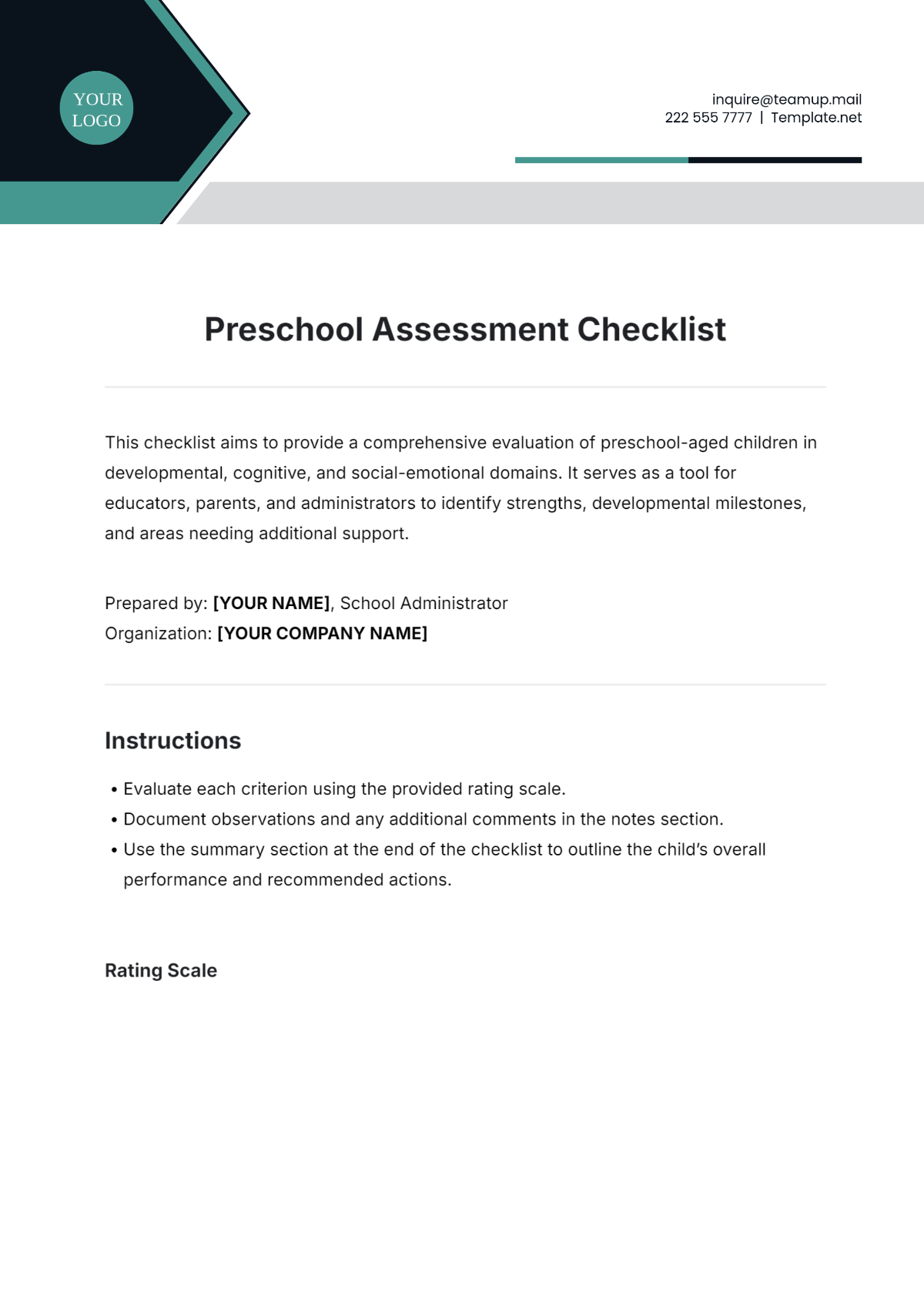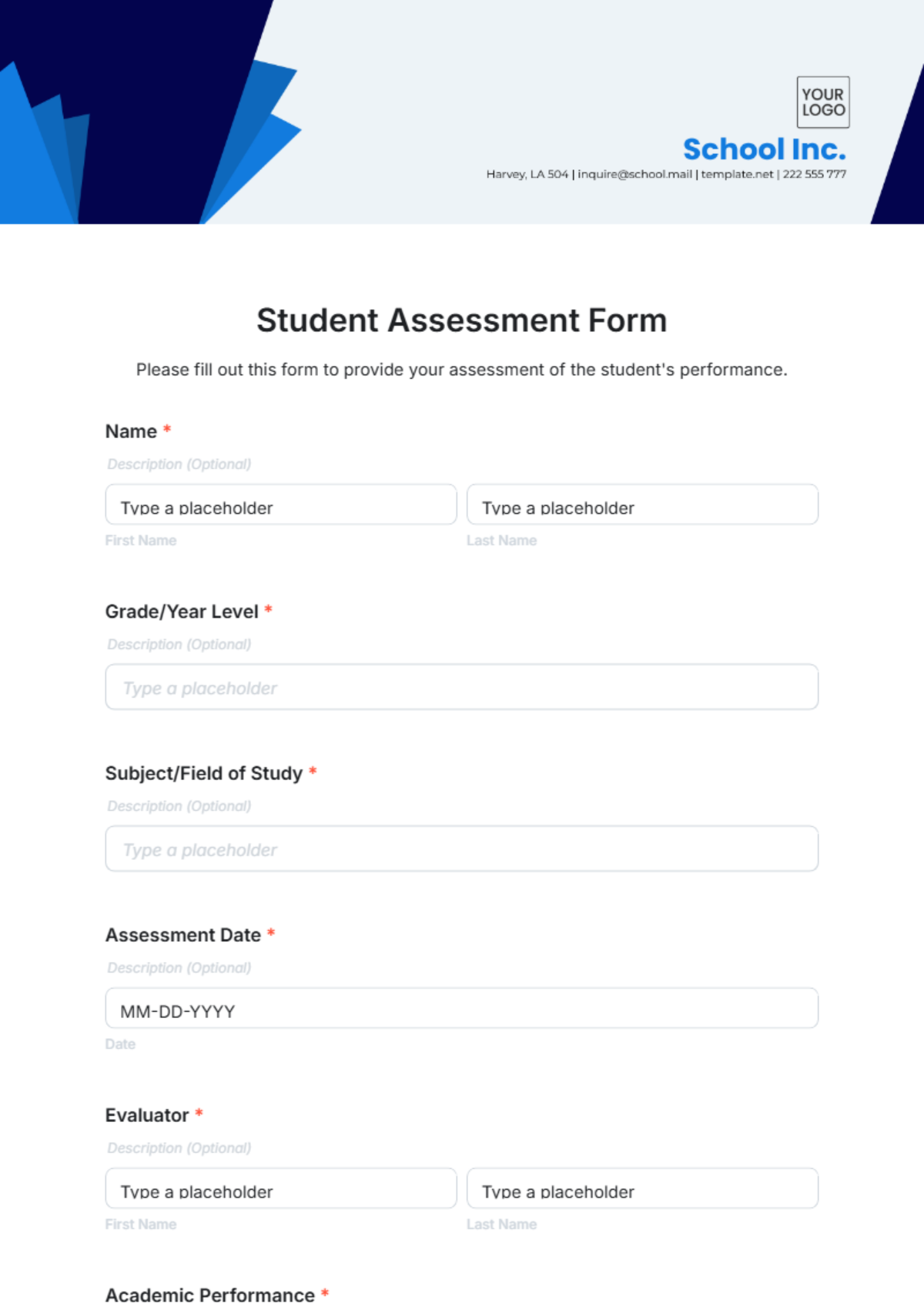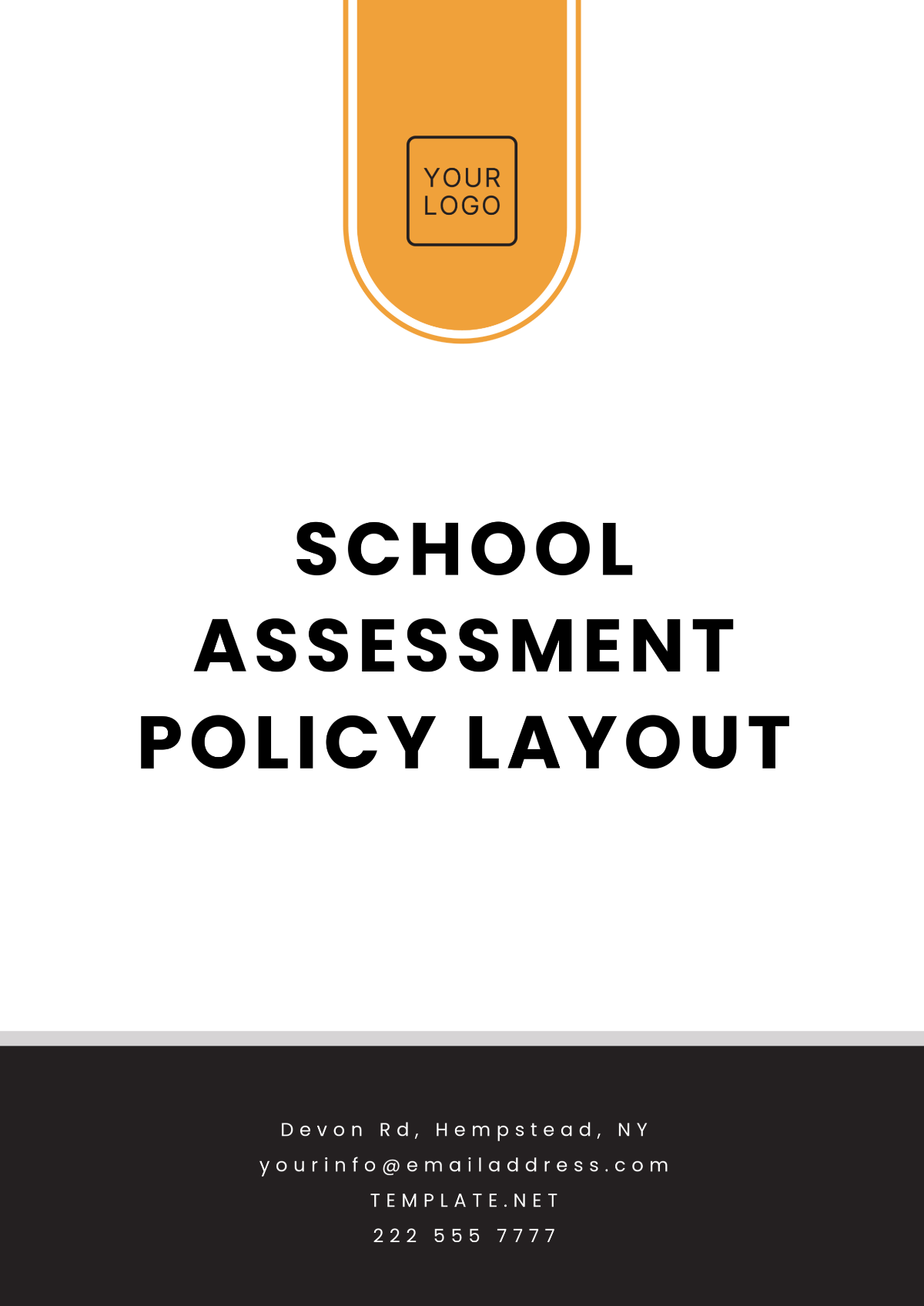Risk Assessment Audit Report
Executive Summary
The purpose of this report is to present the findings of the risk assessment audit conducted on [specific organization or process]. This audit aims to identify potential risks, evaluate the effectiveness of current controls, and recommend improvements to mitigate these risks.
Audit Scope and Objectives
The scope of this audit encompasses the following:
Review of existing risk management policies and procedures.
Assessment of risk identification, evaluation, and mitigation strategies.
Analysis of compliance with relevant laws and regulations.
Evaluation of the internal control environment.
The primary objective is to ensure that risks are being effectively managed to safeguard the organization's assets and ensure operational efficiency.
Methodology
The audit was conducted using a combination of interviews, document review, and data analysis. The following steps were undertaken:
Identification of key risk areas.
Collection and analysis of relevant data.
Interviews with management and staff.
Review of internal controls and risk management practices.
Findings and Observations
The audit revealed several risk areas that require attention. Below are the key findings:
Inadequate risk identification in critical areas leads to potential vulnerabilities.
Inefficient monitoring of existing controls resulting in gaps in risk mitigation.
Non-compliance with regulatory requirements in specific processes.
Insufficient training provided to staff on risk management practices.
Data Analysis
Risk Area | Likelihood | Impact | Current Controls | Recommended Actions |
|---|---|---|---|---|
Financial Management | High | Severe | Monthly reviews | Enhance control measures |
Information Security | Medium | Moderate | Firewall protections | Regular security audits |
Operational Efficiency | Low | Minor | Standard procedures | Process optimization |
Recommendations
Based on the audit findings, the following recommendations are made to enhance risk management:
Develop a comprehensive risk identification framework.
Implement continuous monitoring and evaluation of controls.
Ensure full compliance with regulatory standards.
Conduct regular training sessions for employees on risk management and compliance.
Conclusion
In conclusion, while the organization has established some risk management measures, there are significant areas for improvement. Addressing the identified issues will enhance the organization's ability to manage risks effectively and ensure the safeguarding of resources.
Appendices
Additional detailed information and supporting documentation can be found in the appendices section of this report.

















































